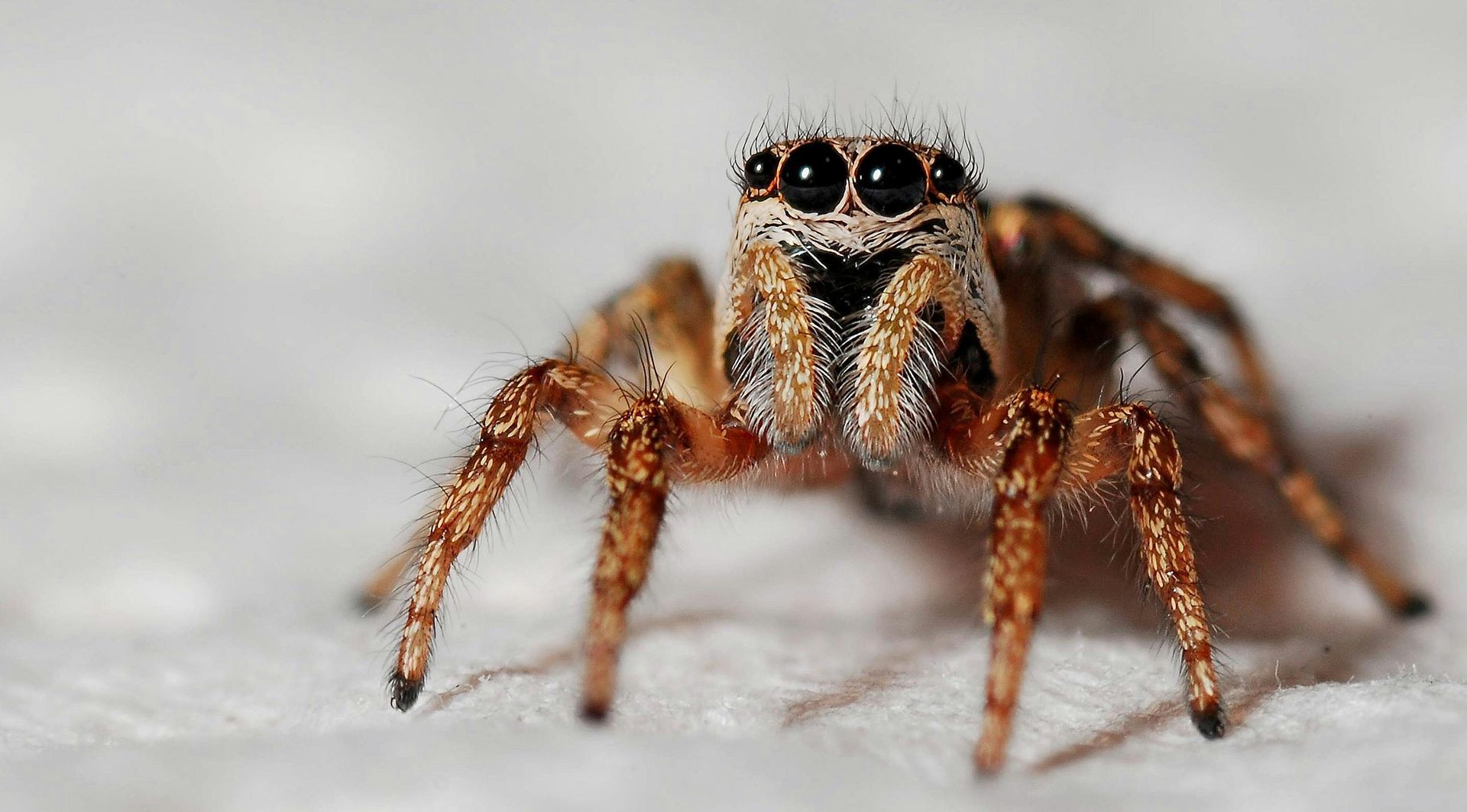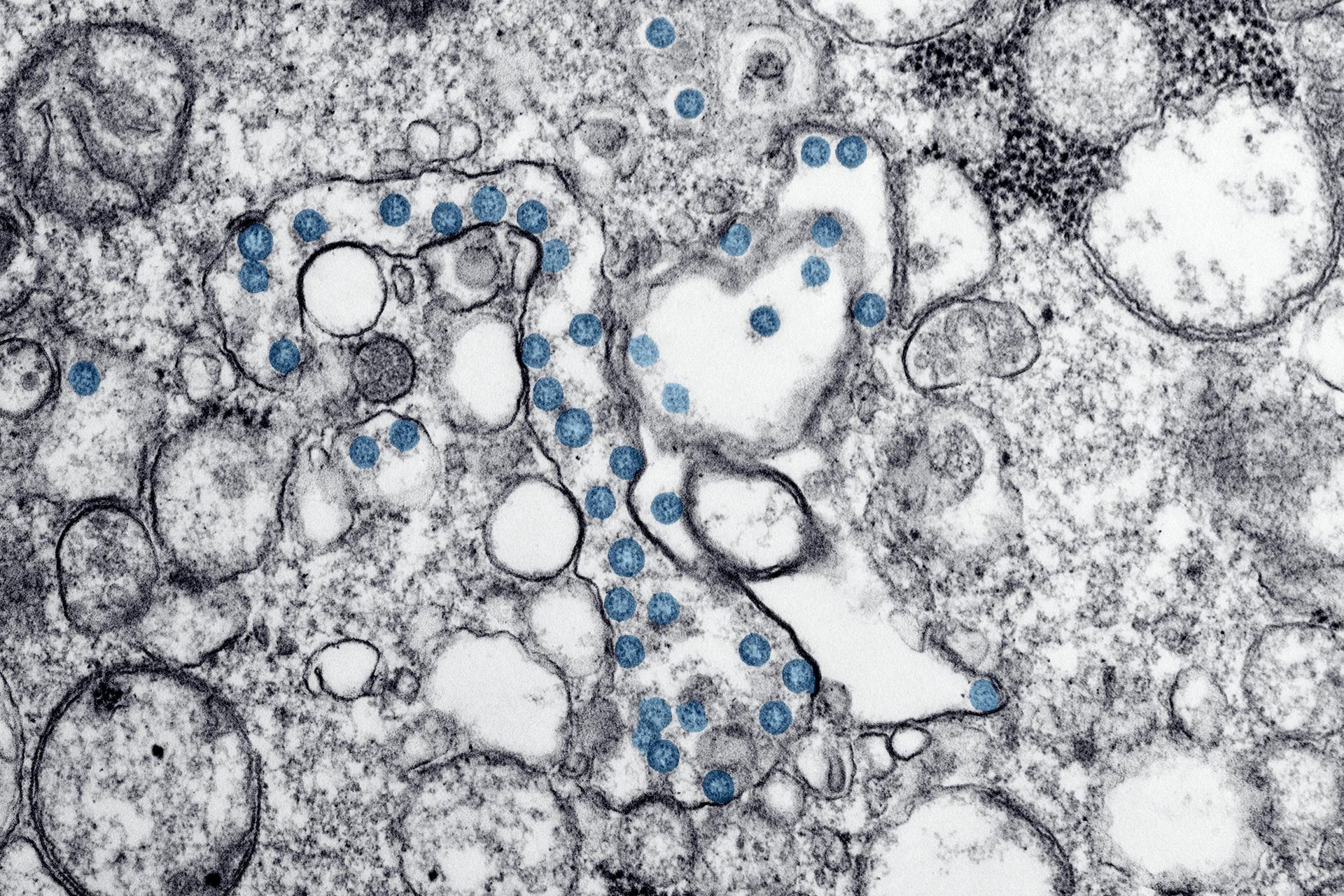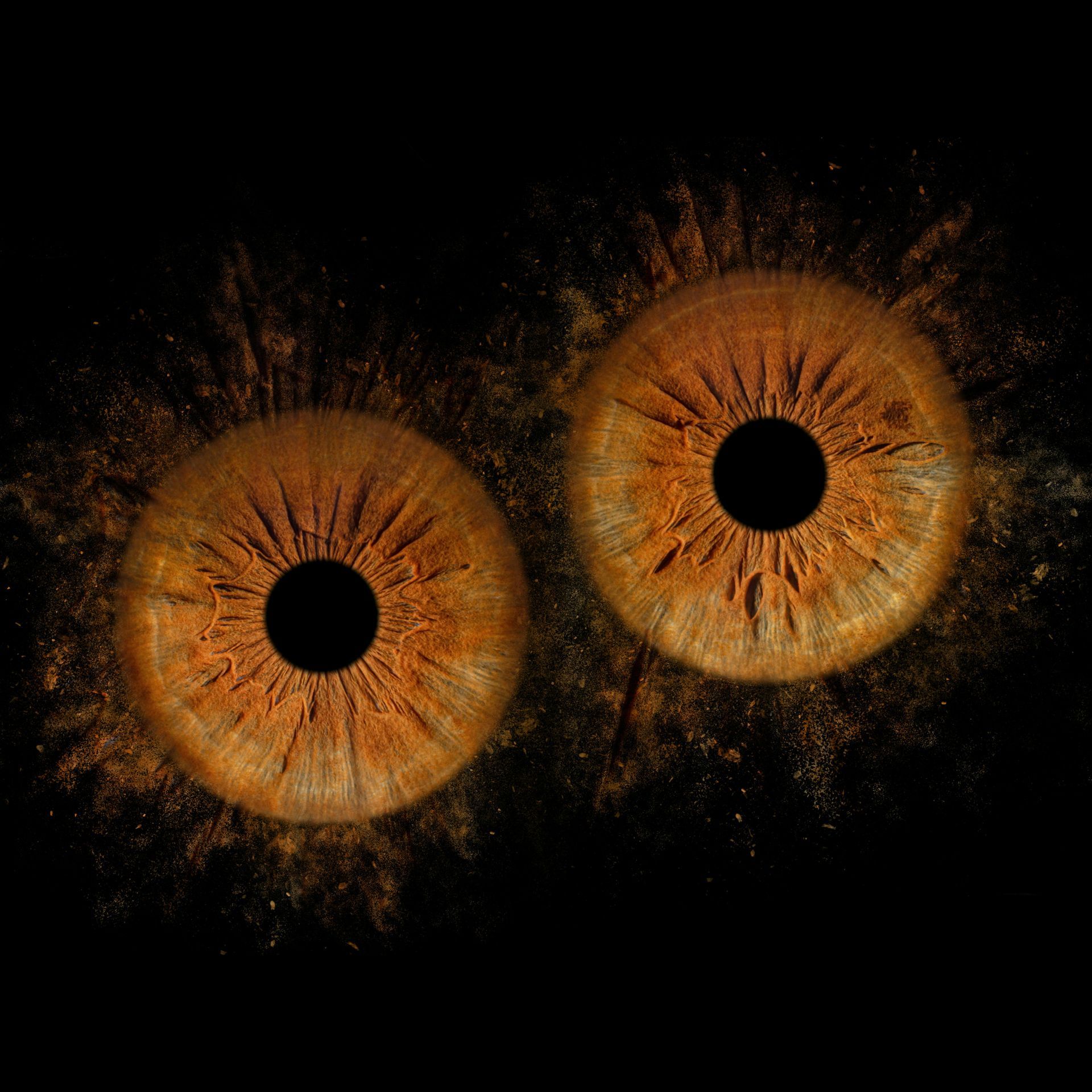Perception: Human, Jumping Spider, Honey Bees,…

Blog vol 6.4. Perception: Human, Jumping Spider, Honey Bees,…
If you come into our office carrying a book and are interested enough to be reading it when I call you in, be assured I will ask, “So, what are you reading?” No, I am not a ‘Nosy Parker’ nor do I work for CSIS. I am just curious. There are so many fascinating things in this world! Anyone who reads this blog on a weekly basis most likely shares this curiosity.
A patient recently was reading An Immense World by Ed Yong. Right up my alley. It is about how the world is perceived by a multitude of creatures, a potential blog topic??:)
The main premise of the book is a German word, Umwelt, popularized by the Baltic-German zoologist Jakob von Uexküll. Umwelt refers to the animal’s perceptual world. Being an eye doctor, I am interested in the world of light and colours — chapters 2 and 3 in this book! How convenient.
The author emphasizes the diversity of living creatures. In trying to understand each creature’s different world, we become more in tune with them, more sympathetic, and more caring. My job as an optometrist is directly related to the human “umwelt”. Humans are incredibly visual creatures, more now than ever.
Unlike humans, most creatures do not require 20/20 vision, great peripheral vision, and defined colour vision. For example, the Jumping Spider that Dr. Mike Land studied for years, has eight large eyes, huge in comparison to their heads, and they are one of the few spiders that use their vision to catch prey. These eight eyes have different functions: some perceive specific prey, others detect motion, but they all work together to find food. The eyes have different structures depending on their intended use, simplistic and specialized. There can be a lot of different ways to perceive light, even within the same animal.
20/20 is ideal visual acuity for humans. About 98% of the creature world has much less acuity. The only creatures with better vision are the raptors: eagles, falcons, and the like. These predators have more densely packed receptors at the retina and even have two centres, called foveas, for focusing. Most animals do not see the detail that we see. A honeybee’s acuity is really terrible, but they just need to see the centre of the flower, which their UV sensitive receptors pick up quite well. There is a balance achieved with each creature between fine vision, peripheral sensitivity, and the day/night lighting intensity sensitivity. Human densely packed retinas and colour receptors are great for daytime sight but terrible for seeing at twilight and at night, so we leave that to the dogs and the lions who hunt at night.
And did you know that scallops, clam-like creatures that sit on the ocean floor, have “eyes”? They can swim about and it appears that these detectors pick up motion, but their actual purpose is still a mystery. Why does the scallop have them?
Another fascinating creature is the Killer Fly from the Mediterranean that has the unique ability to process visual information superfast. It’s called “critical flicker-fusion frequency” (try saying that five times superfast!). Humans process at 48 frames per second; this fly tops out at close to 400. This speed allows the fly to see regular people motion as a slow slide show, whereas a fly (dinner) buzzing around looks “normal” speed, enabling them to catch fast flies by encaging them with their legs. A similar thing happens in Marvel movies with superheroes like Quicksilver that can slow things right down by moving super-quick.
It makes you wonder, in the “wonder”full sense of the word.
‘til next week,
The good doctor






